Hello Everyone!
Here is my blog based on movie screening of The Modern Times and The Great Dictator by Charlie Chapline in the era of world war I and II. In our semester II, there is Paper no . 110 The History of Literature: 1900 to 2000 as part of Academic study here is my little informative blog to understand the history of 1900 to 2000. Hope this blog will be helpful to understand the age of modernism.
In this blog, I have mentioned two movies of Charlie Chapline
1) The Modern Times
A little light on who was Charlie Chaplin?
Charlie Chaplin
Born on 16 April 1889
died on 25 December 1977
Charles Spenser Chaplin was an English comic actor, filmmaker, and composer who rose to fame in the era of silent film. He was scouted for the film industry and began appearing in 1914 for Keystone Studios. He soon developed the Tramp persona and formed a large fan base.
Charles Spencer Chaplin was born in London, England, on April 16th, 1889. His father was a versatile vocalist and actor; and his mother, known under the stage name of Lily Harley, was an attractive actress and singer, who gained a reputation for her work in the light opera field.
Charlie was thrown on his own resources before he reached the age of ten as the early death of his father and the subsequent illness of his mother made it necessary for Charlie and his brother, Sydney, to fend for themselves.
Having inherited natural talents from their parents, the youngsters took to the stage as the best opportunity for a career. Charlie made his professional debut as a member of a juvenile group called “The Eight Lancashire Lads” and rapidly won popular favor as an outstanding tap dancer.
Here is the review of his movie
1) Clock
In this picture, this clock shows time expresses the Class management how the 3 hands of the clock resemble 3 classes of society. Whereas one runs faster than workers do. Minutes hand expresses the middle-class society and the hour hand is all about upper-class division who is living a leisure life.
2) Concept of Sheeple
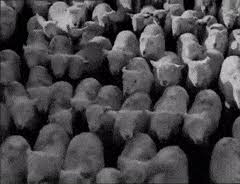
One of Chaplin’s biggest issues with the advancement of technology was the obsession with the efficiency that came with it. In a conversation with Gandhi before producing the film, the Chaplin came to see that technology that only considered profit had ruined lives and caused unemployment. Because of this, he tried to use the film to dramatize the problems with excessive technological efficiency. We see early on the President’s desire to speed up the factory. many people were roaming like sheep without direction. One term is used for one such generation: Lost generation. A word can be used for those people: Sheeple.
In Gujarati, we call it anukaran.3) Ruling in Society
This is a representation of leisure activity done by working-class people. Because of lack of food, they turn to toxic addiction such as smoking and they feel relaxed for a while from work. But Big Brother is Watching the layman.
This surveillance system can be seen as dictatorial ruling in society. Half-naked, muscled man receiving orders from the suited and booted officials. This scene makes one think that mind power is greater than muscles power. Moreover, one can say that money power is greater than Muscle power.

In the early factory scenes, we see The Tramp take a smoke break in the bathroom, and the President of the factory booms in over a closed-circuit television to tell him to get back to work. This ubiquitous presence, as well as the President, has the only voice in the factory, creates a feeling that the powerful (those connected with industry or the government) are constantly looming over the workers or the less fortunate, and gives a sense that the workers are always under watch or being controlled.
This is shown clearly with the Tramp’s obsession with punching in his time card, one of the important rules of his supervisor. He must punch in and out when he goes to the bathroom, and even punches in and out when he runs out of the factory and returns during his nervous breakdown.

How a worker became " Bali ka Bakra" for those upper society people. Also, we can say Human was by the time turned into Machines. Modern Times. For the first few scenes of the film, the Tramp is gradually broken down by a machine that keeps on speeding up and expecting more and more from him. He nearly becomes a piece of machinery himself, able only to tighten bolts, as shown when he continues twitching as if tightening bolts even when he leaves the line. He fights this off twice and shakes the twitches away, but is eventually sucked into the gears of the machine, symbolically succumbing and becoming part of the machine. This proves too much for the Tramp, who then completely breaks down and runs around the factory trying to destroy it.
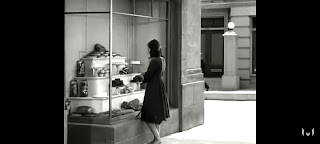
We see that the Gamin must steal bananas to feed her family and that their family dinner consists only of those bananas. Later, she meets the Tramp while trying to steal a loaf of bread to feed herself. In prison, the Tramp hardly gets anything to eat, but it is better than nothing, and so he tries to return—because at least there he won't starve to death.
The happiness of having one's own house can be seen here. Whether it is a tiny little hut or a villa.
Here we see the concept of home. So, in our mind question is that what kinds of furnishing houses had? but this house is the dream house of the character. Actually no. when Charlie Chaplin dreaming one home in his mind is that looks like fantasy. But actually, this is not reality. Again and again, Charlie Chaplin goes to prison and he comes to our prison, so Gamin tries to being small hunt in place. They both are living in this small hunt. They also say that “ It’s paradise!”. So here we see that and also say that fantasy vs. reality.
10) Happiness


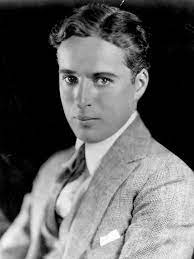


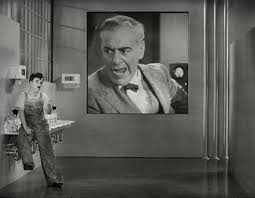




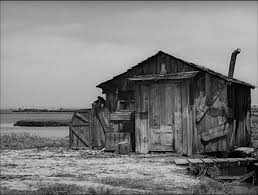







No comments:
Post a Comment